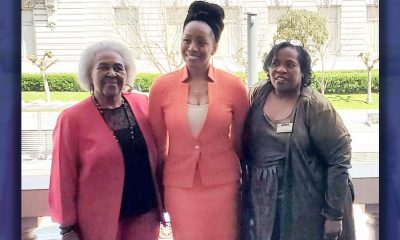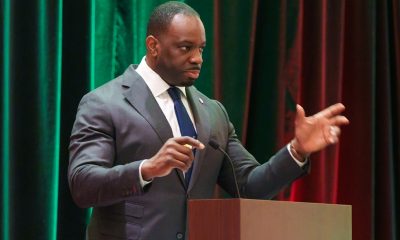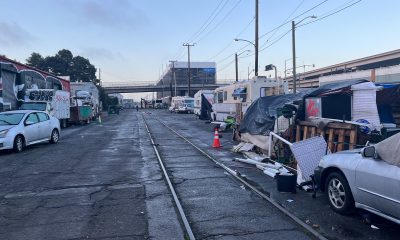Commentary
Biden’s “Plan” to Address the Racial Wealth Gap Won’t Cut It. Only Reparations Can Do That
The plan included steps like establishing a federal effort to address inequality in home appraisals and using government authority to boost support for Black-owned businesses, including through business grants.
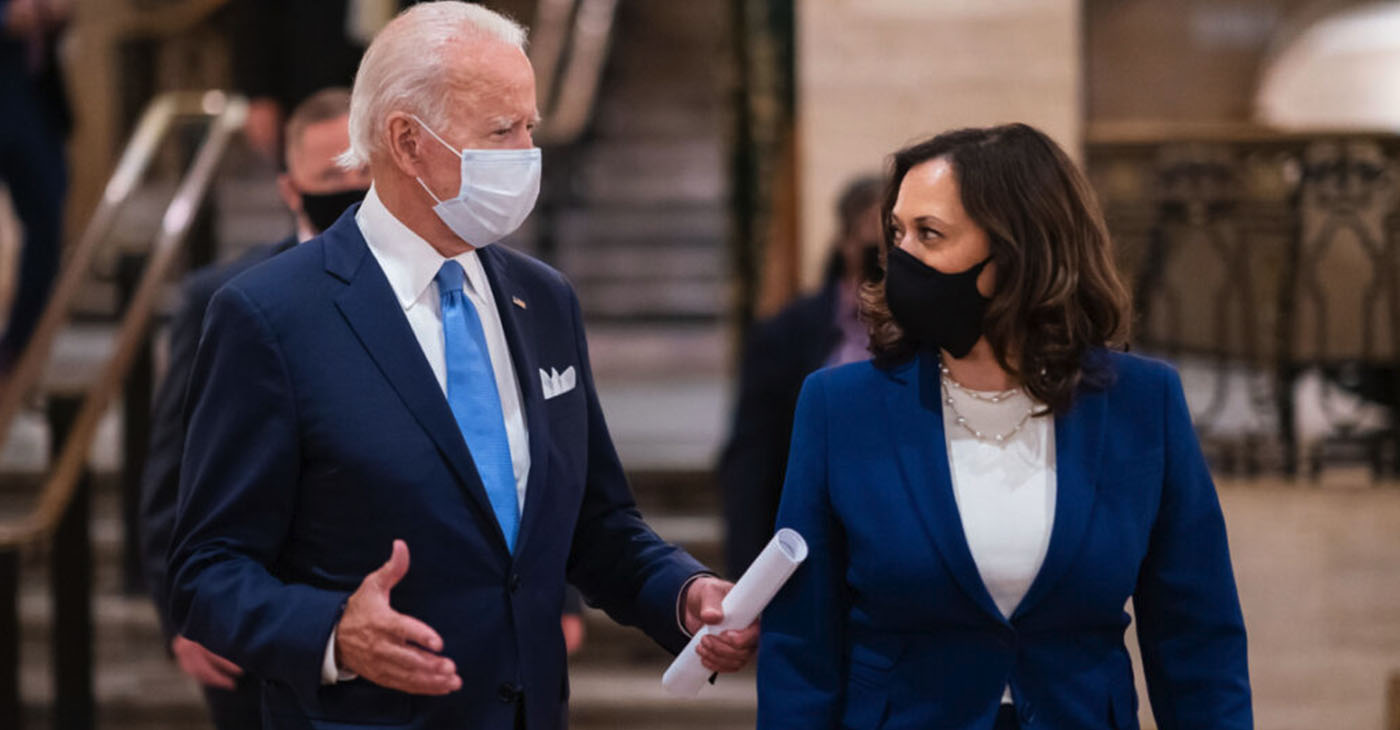
OPINION
On June 1, the 100th anniversary of the Tulsa Massacre, President Joe Biden announced a plan to support Black homeownership and Black-owned businesses, which he said was aimed at closing the racial wealth gap between Black people and white people. The plan received praise from those who celebrated Biden’s apparent attempt to address the gap, which his administration has identified as a key policy goal.
The plan included steps like establishing a federal effort to address inequality in home appraisals and using government authority to boost support for Black-owned businesses, including through business grants.
These are all great steps worth taking, but we shouldn’t pretend like they will do anything to meaningfully narrow the racial wealth gap. Only reparations can do that.
According to a recent New York Times piece by Duke University economist William Darity, the wealth gap between Black and white Americans ranges from somewhere between nearly $54,700 a person and $280,300 a person.
Using the larger estimate, which Darity argues is more appropriate, the total racial wealth gap amounts to $11.2 trillion–“a figure that implies that incremental measures will not be sufficient” to close it, he wrote.
Another 2016 study from the Institute for Policy Studies and the Corporation for Enterprise Development suggests that white households are worth nearly 20 times more than Black households on average, and that it would take 228 years for Black folks to catch up. That’s assuming white people’s collective wealth doesn’t increase at all during that time.
And that was before our households and businesses took the devastating economic hit of the COVID-19 pandemic.
Addressing discrimination in homeownership and supporting Black entrepreneurship are worthwhile policy endeavors. But we should be honest about what they represent in the grand scheme of things: At best, they are marginal steps in the right direction. And that’s not going to cut it. If we are serious about addressing the racial wealth gap, then we must get serious about reparations. There’s no way around it. The numbers speak for themselves.
If our elected officials aren’t prepared to go that route, fine — but we should stop letting them pretend like they are serious about the racial wealth gap. A gap created out of centuries of stolen labor, stolen land, and stolen wealth and resources can’t be addressed by a new housing policy or small business grant program.
During the 2020 campaign, then-candidate Biden said he supported H.R. 40, a bill that would commission a congressional study on reparations to determine what that could actually look like. The House passed the bill last year. Biden should push the Senate to pass it, too–and then sign it.
And even that would only be the beginning.
Commentary
Opinion: Lessons for Current Student Protesters From a San Francisco State Strike Veteran
How the nation’s first College of Ethnic studies came about, bringing together Latino, African American and Asian American disciplines may offer some clues as to how to ease the current turmoil on American college campuses over the Israel-Hamas war. After the deadline passed to end the Columbia University encampment by 2 p.m. Monday, student protesters blockaded and occupied Hamilton Hall in a symbolic move early Tuesday morning. Protesters did the same in 1968.
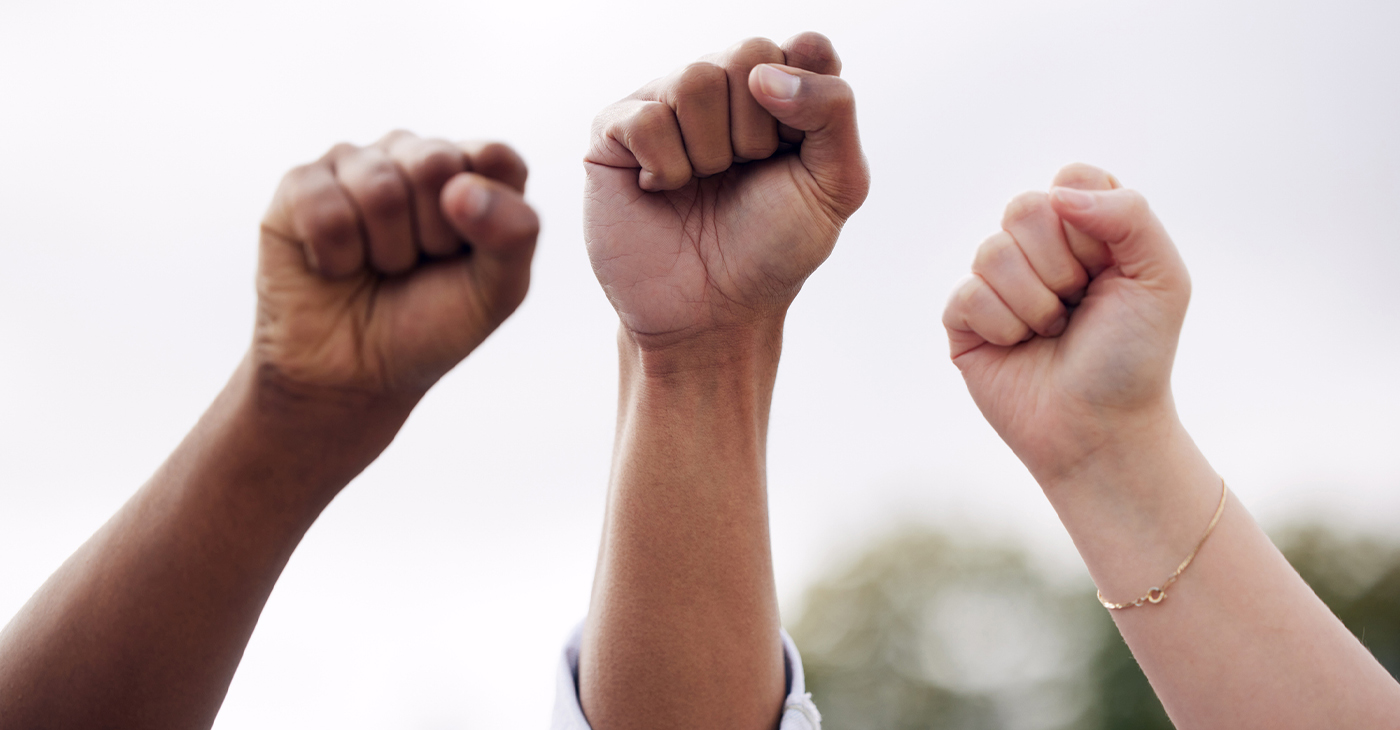
By Emil Guillermo
How the nation’s first College of Ethnic studies came about, bringing together Latino, African American and Asian American disciplines may offer some clues as to how to ease the current turmoil on American college campuses over the Israel-Hamas war.
After the deadline passed to end the Columbia University encampment by 2 p.m. Monday, student protesters blockaded and occupied Hamilton Hall in a symbolic move early Tuesday morning.
Protesters did the same in 1968.
That made me think of San Francisco State University, 1968.
The news was filled with call backs to practically every student protest in the past six decades as arrests mounted into hundreds on nearly two dozen campuses around the country.
In 1970, the protests at Kent State were over the Vietnam War. Ohio National Guardsmen came in, opened fire, and killed four students.
Less than two weeks later that year, civil rights activists outside a dormitory at Jackson State were confronted by armed police. Two African American students were killed, twelve injured.
But again, I didn’t hear anyone mention San Francisco State University, 1968.
That protest addressed all the issues of the day and more. The student strike at SFSU was against the Vietnam war.
That final goal was eventually achieved, but there was violence, sparked mostly by “outside agitators,” who were confronted by police.
“People used the term ‘off the pigs’ but it was more rally rhetoric than a call to action (to actually kill police),” said Daniel Phil Gonzales, who was one of the strikers in 1968.
Gonzales, known as the go-to resource among Filipino American scholars for decades, went on to teach at what was the positive outcome of the strike, San Francisco State University’s College of Ethnic Studies. It’s believed to be the first of its kind in the nation. Gonzales recently retired after more than 50 years as professor.
As for today’s protests, Gonzales is dismayed that the students have constantly dealt with charges of antisemitism.
“It stymies conversation and encourages further polarization and the possibility of violent confrontation,” he said. “You’re going to be labeled pro-Hamas or pro-terrorist.”
That’s happening now. But we forget we are dealing not with Hamas proxies. We are dealing with students.
Gonzales said that was a key lesson at SF State’s strike. The main coalition driving the strike was aided by self-policing from inside of the movement. “That’s very difficult to maintain. Once you start this kind of activity, you don’t know who’s going to join,” he said.
Gonzales believes that in the current situation, there is a patch of humanity, common ground, where one can be both pro-Palestine and pro-Israel. He said it’s made difficult if you stand against the belligerent policies of Benjamin Netanyahu. In that case, you’re likely to be labeled antisemitic.
Despite that, Gonzales is in solidarity with the protesters and the people of Gaza, generally. Not Hamas. And he sees how most of the young people protesting are in shock at what he called the “duration of the absolute inhumane kind of persecution and prosecution of the Palestinians carried out by the Israeli government.”
As a survivor of campus protest decades ago, Gonzales offered some advice to the student protesters of 2024.
“You have to have a definable goal, but right now the path to that goal is unclear,” he said.
About the Author
Emil Guillermo is a journalist and commentator. A veteran newsman in TV and print, he is a former host of NPR’s “All Things Considered.”
Activism
Oakland Post: Week of May 1 – 7, 2024
The printed Weekly Edition of the Oakland Post: Week of May 1 – 7, 2024

To enlarge your view of this issue, use the slider, magnifying glass icon or full page icon in the lower right corner of the browser window. ![]()
Activism
Oakland Post: Week of April 24 – 30, 2024
The printed Weekly Edition of the Oakland Post: Week of April 24 – 30, 2024

To enlarge your view of this issue, use the slider, magnifying glass icon or full page icon in the lower right corner of the browser window. ![]()
-

 Community3 weeks ago
Community3 weeks agoFinancial Assistance Bill for Descendants of Enslaved Persons to Help Them Purchase, Own, or Maintain a Home
-

 Business3 weeks ago
Business3 weeks agoV.P. Kamala Harris: Americans With Criminal Records Will Soon Be Eligible for SBA Loans
-

 Activism4 weeks ago
Activism4 weeks agoOakland Post: Week of April 10 – 16, 2024
-

 Community3 weeks ago
Community3 weeks agoAG Bonta Says Oakland School Leaders Should Comply with State Laws to Avoid ‘Disparate Harm’ When Closing or Merging Schools
-

 Activism2 weeks ago
Activism2 weeks agoOakland Post: Week of April 24 – 30, 2024
-

 City Government3 days ago
City Government3 days agoCourt Throws Out Law That Allowed Californians to Build Duplexes, Triplexes and RDUs on Their Properties
-

 Community2 weeks ago
Community2 weeks agoRichmond Nonprofit Helps Ex-Felons Get Back on Their Feet
-

 Community2 weeks ago
Community2 weeks agoOakland WNBA Player to be Inducted Into Hall of Fame





